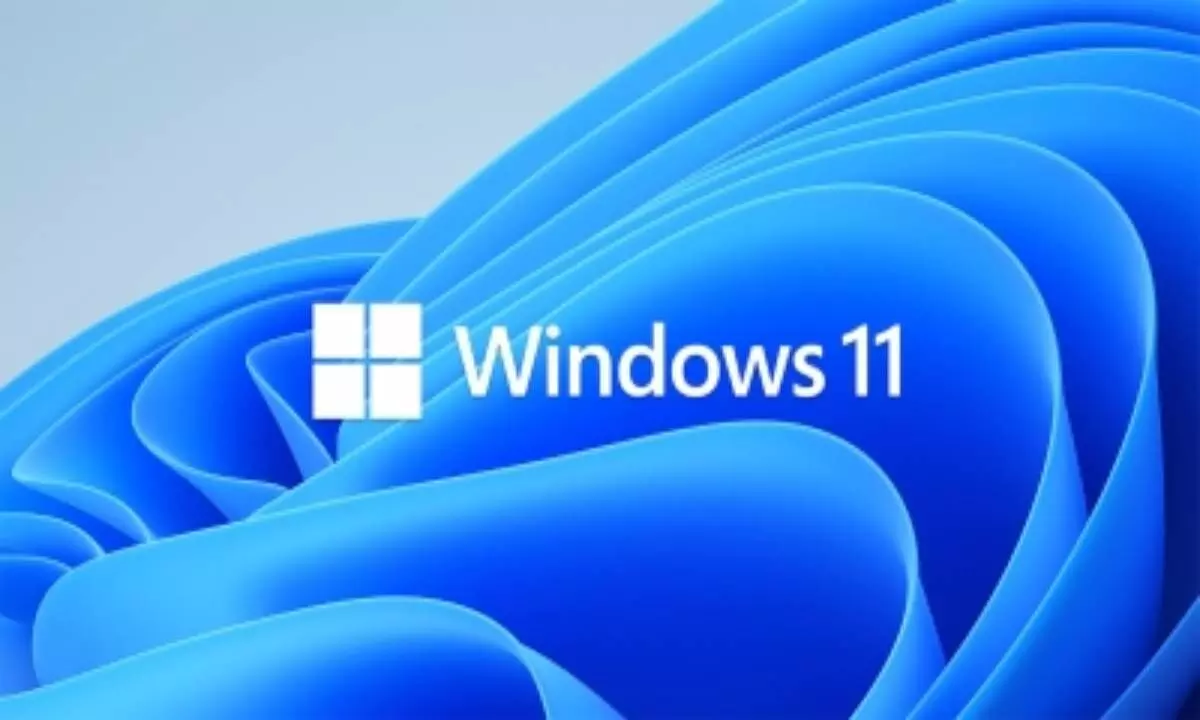Windows 11 Feature Saves Battery Without Dimming Your Screen
Microsoft is testing Adaptive Energy Saver for Windows 11 laptops. It saves power even when battery is full by analyzing system usage.
image for illustrative purpose

Microsoft is piloting a new power optimization tool in Windows 11 aimed at increasing battery longevity without compromising user experience. The feature, called Adaptive Energy Saver, is currently available to testers in the Windows 11 Canary Channel.
Unlike the traditional energy saver mode, which triggers only when battery percentage dips below a fixed threshold, this adaptive approach responds to system activity. If a device is idle or handling light workloads, the operating system initiates battery-saving actions even if the charge level remains high.
Presently, energy saver mode reduces screen brightness, halts non-critical app functions, and delays some updates when battery power is low. The adaptive model expands this logic. Without dimming the screen, it disables unnecessary animations, suspends certain background applications, and postpones less vital downloads. This occurs when the system assesses minimal resource usage, offering extended battery life without perceptible impact on user workflow.
Background syncing for services such as OneDrive and Phone Link may pause, and some Windows Update components may be temporarily disabled. These changes target lower power consumption during low-demand periods.
The feature is compatible only with battery-powered hardware—laptops, tablets, and handheld devices—and not intended for desktop machines. While desktops received earlier forms of energy optimization, this version remains specific to portable systems.
Adaptive Energy Saver will not activate by default. Users must manually enable it via system settings, allowing individualized control over power management preferences.
If test feedback proves positive, Microsoft is expected to expand the feature to all Windows 11 users later this year.

